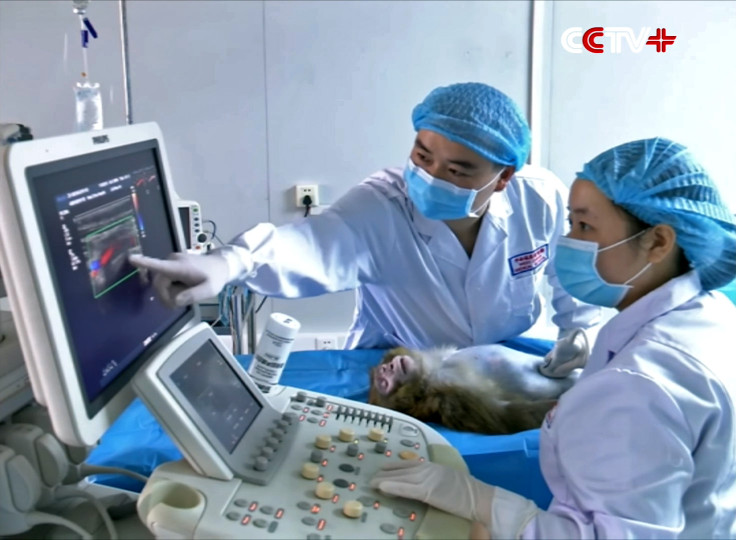3D-printed blood vessels in monkeys marks medical breakthrough towards artificial organs
Sichuan Revotek has implanted live functioning 3D-printed blood vessels made from stem cells into monkeys.

A Chinese firm has made a major medical breakthrough by succeeding in developing 3D-printed blood vessels that have been successfully implanted into monkeys, which is a major step towards making artificial human organs possible in future.
Sichuan Revotek is a Chinese biotechnology firm that developed a 3D bioprinter back in 2015 which prints using stem cell-based bio ink, and it has now succeeded in printing out actual living, functioning blood vessels out of living stem cells in a Rhesus monkey. It has then succeeded in fusing the artificial vessels to existing cells in the monkey's body.
3D-printing has been around for over two decades, known in the manufacturing industry as "additive manufacturing" or "rapid prototyping". It is a way to produce objects quickly without needing to wait weeks to receive the finished product from a factory in China, however "bioprinting" is a completely new field.
Bioprinting refers to the process of using 3D-printing to print out multiple human cells in one go. Numerous bioprinting companies and research institutions are now racing to develop the true motherload – artificial 3D-printed organs – but at the moment this is still incredibly difficult to accomplish, as it is hard to get cells to print out in the same way the body grows organs.
However, Sichuan Revotek may have found the way forward with its bio ink invention, known as "Biosynsphere", which adds nutrients and growth factors to the subject's stem cells in order to stimulate the cells to grow into the types of cells needed to form a functioning blood vessel that is identical to other blood vessels in the body.
Because the stem cells come from the subject's body, they will not be rejected by its immune system, and the stem cells are also obtained from fat tissue rather than embryos, which is safer.
"The bio ink's capacity to develop collagen, a necessity for the tissue to mould into different shapes, is the first of its kind," Sichuan Revotek's chief executive and chief scientist James Kang told CNN.
3D-printed cells can grow into vessels, but there is no room for organs
To prove that the cells would work, the researchers removed a 2cm-long segment of abdominal artery in 30 Rhesus monkeys and replaced the segments with 3D-printed blood vessels. Within just five days, the 3D-printed stem cells grew into the many different types of cells required to make a functioning blood vessel, which include smooth muscle cells and endothelial cells.
The experiments show that artificially lab-grown 3D-printed cells can be accepted in the body and used to create actual blood vessels, which is very exciting and a huge step forward, however, this does not mean that 3D-printing entire organs will be just as simple.
The problem biomedical researchers have encountered is the fact that stem cells are not designed to be two-dimensional, as they would be three-dimensional in the human body. This means that if you try to print them out onto a petri dish, the cells will not behave the same way as they would in the body, because they do not have the surrounding cells to take instructions from.
By placing the 3D-printed cells in a living, functioning body, the cells were able to take instruction from the other cells in the body, which detected the different cells. This is great with a tiny blood vessel, but how could you replicate that technique with an entire organ?
In theory, that would require a living body to "grow" the cells and give it direction to turn into an actual organ, but at this point, it would not really be possible to print a heart, for example, as a healthy human body already has one, and there is no space for another.
For the moment, bioprinting companies like California-based Organovo are focusing on what they can do right now. If you can print out healthy artificial liver cells from stem cells, for example, then you can use those cells too in drug testing and eliminate drugs that might be toxic to the human body before they are approved for the commercial market.
© Copyright IBTimes 2025. All rights reserved.






















